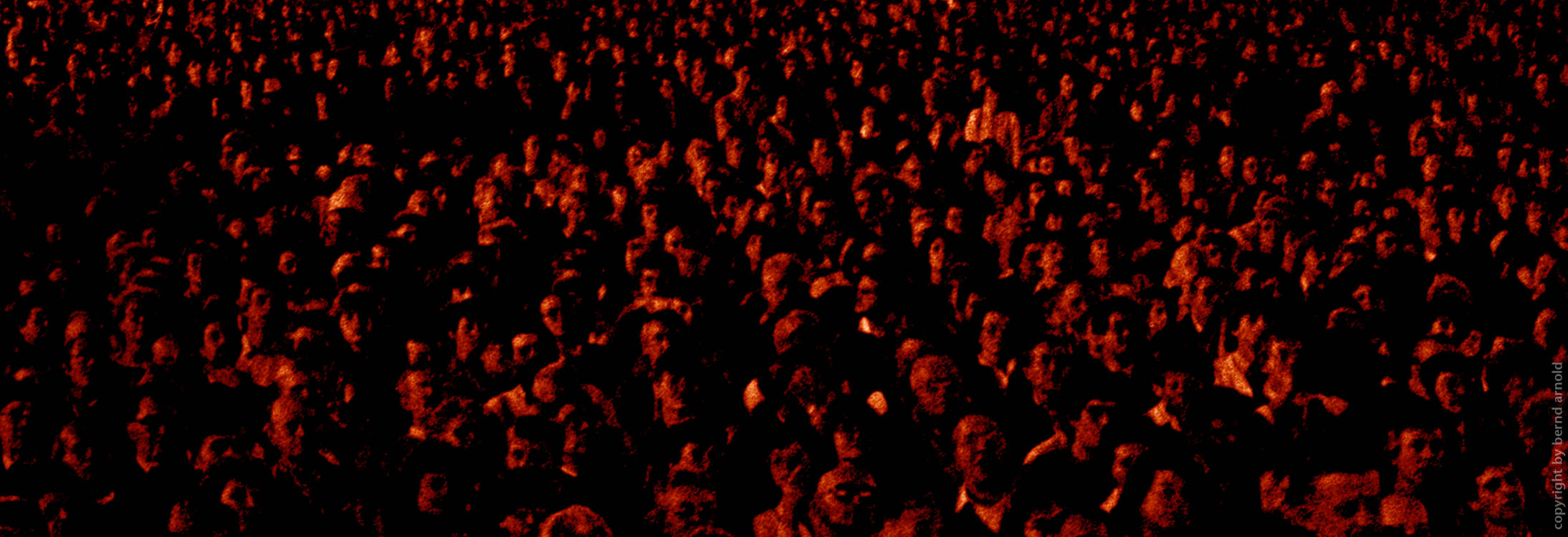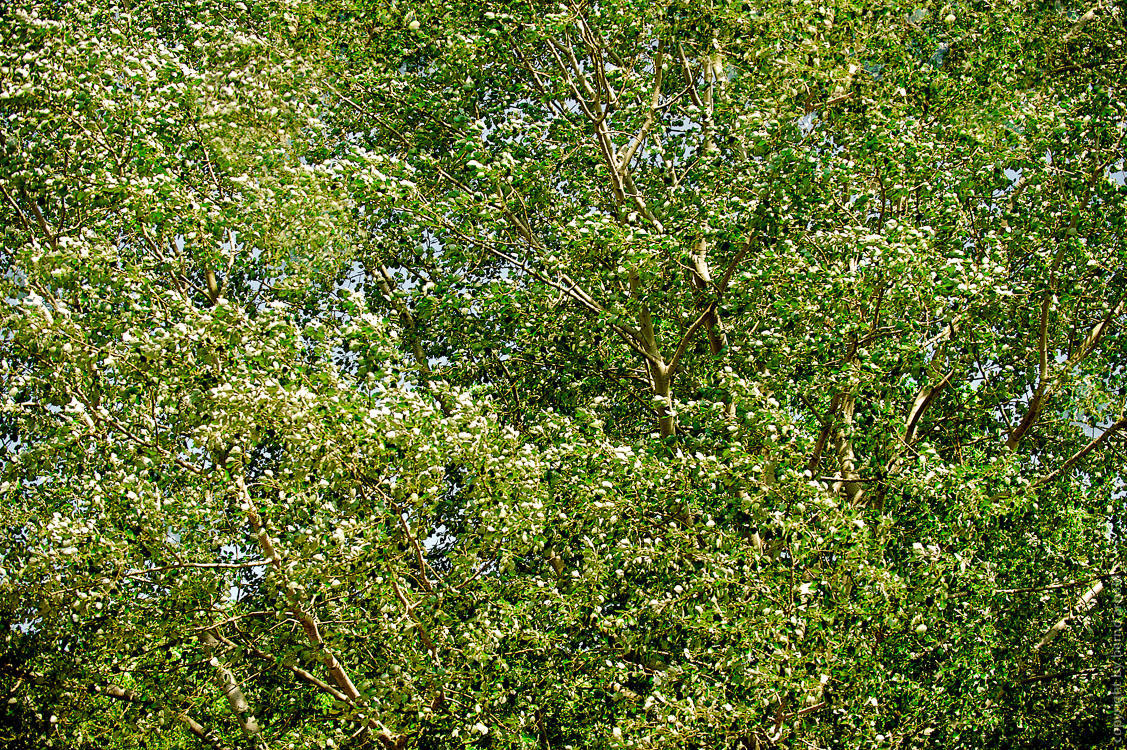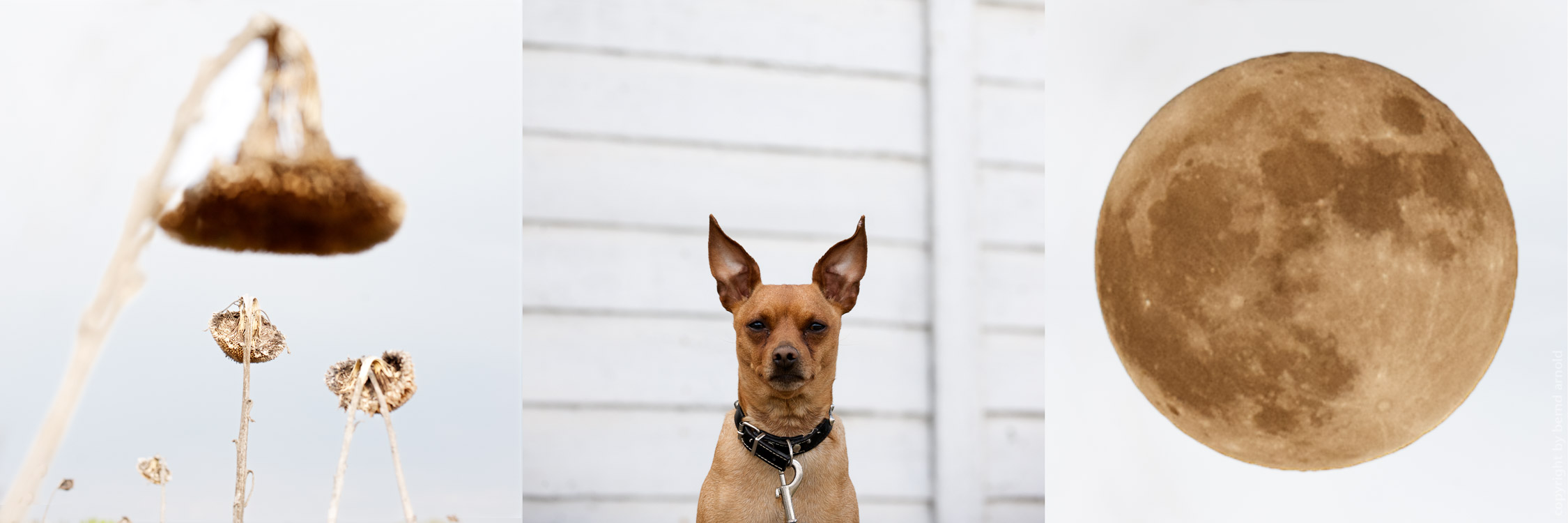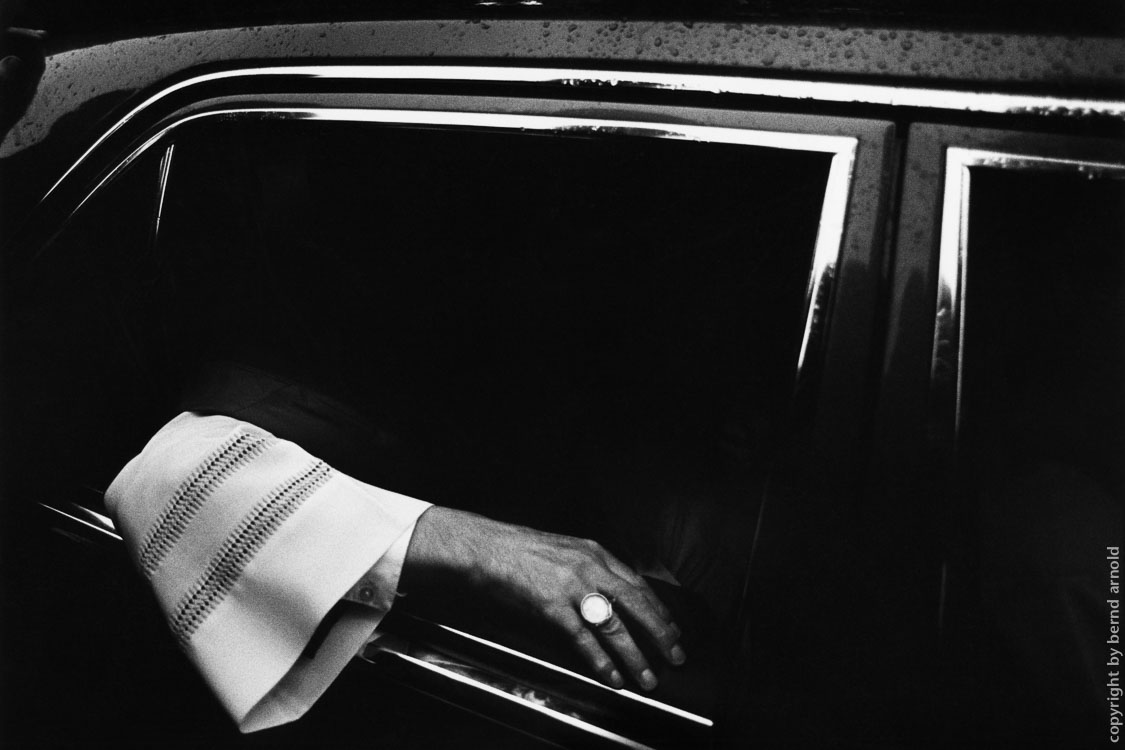
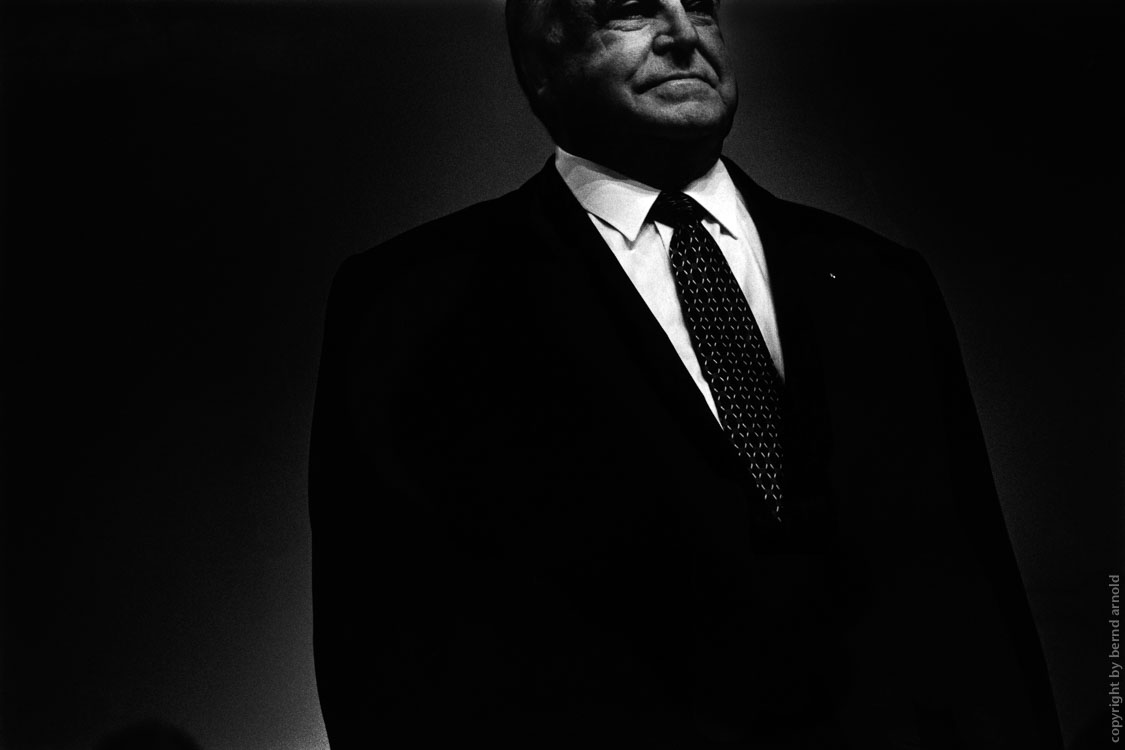
Cycle
Power and Ritual
For more than 20 years Bernd Arnold has been exploring the demonstration of power and rituals at public events in his documentary photography.
He started his research about behavioural attitudes in different contexts of society 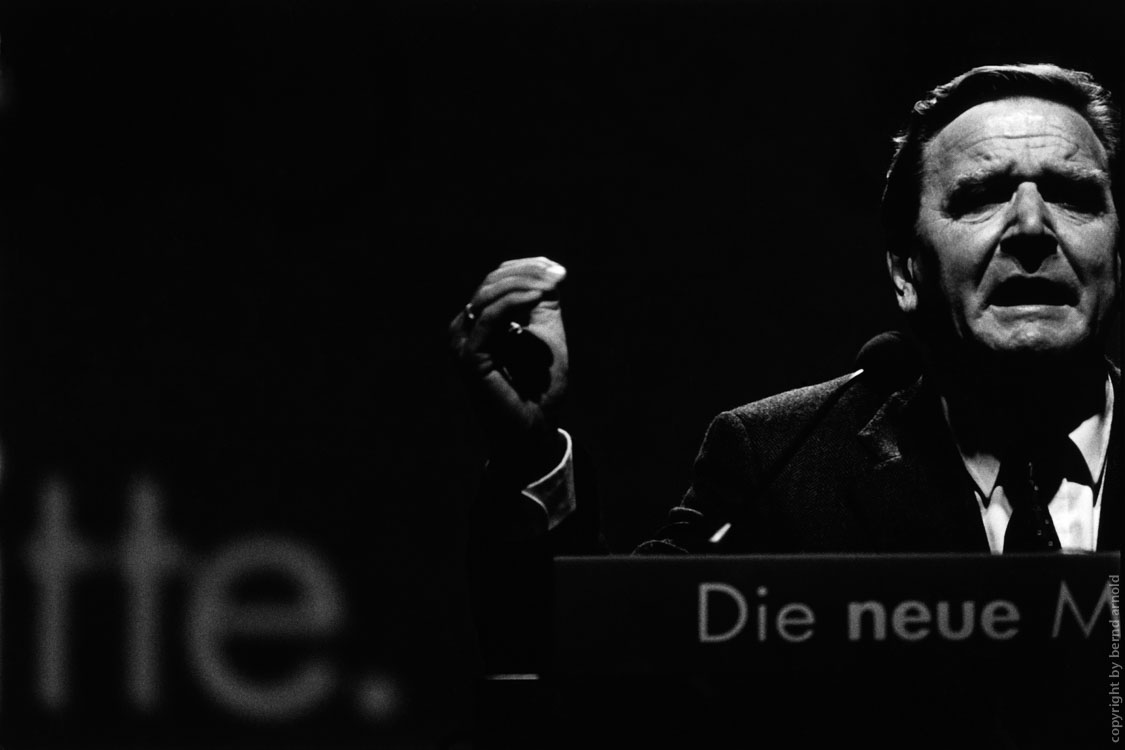 with a documentation of catholic ceremonies in Cologne (compiled in the book "Das Kölner Heil"). Following topics were the politicians´ strategies of a medium-effective self-production during the German election campaign update (compiled in the book "Wahl Kampf Ritual") and the world economic summits. Further on he examined the defining rituals of demimonde and nightlife as well as the production of television sceneries bringing up the question: Is our world a telly?
with a documentation of catholic ceremonies in Cologne (compiled in the book "Das Kölner Heil"). Following topics were the politicians´ strategies of a medium-effective self-production during the German election campaign update (compiled in the book "Wahl Kampf Ritual") and the world economic summits. Further on he examined the defining rituals of demimonde and nightlife as well as the production of television sceneries bringing up the question: Is our world a telly?
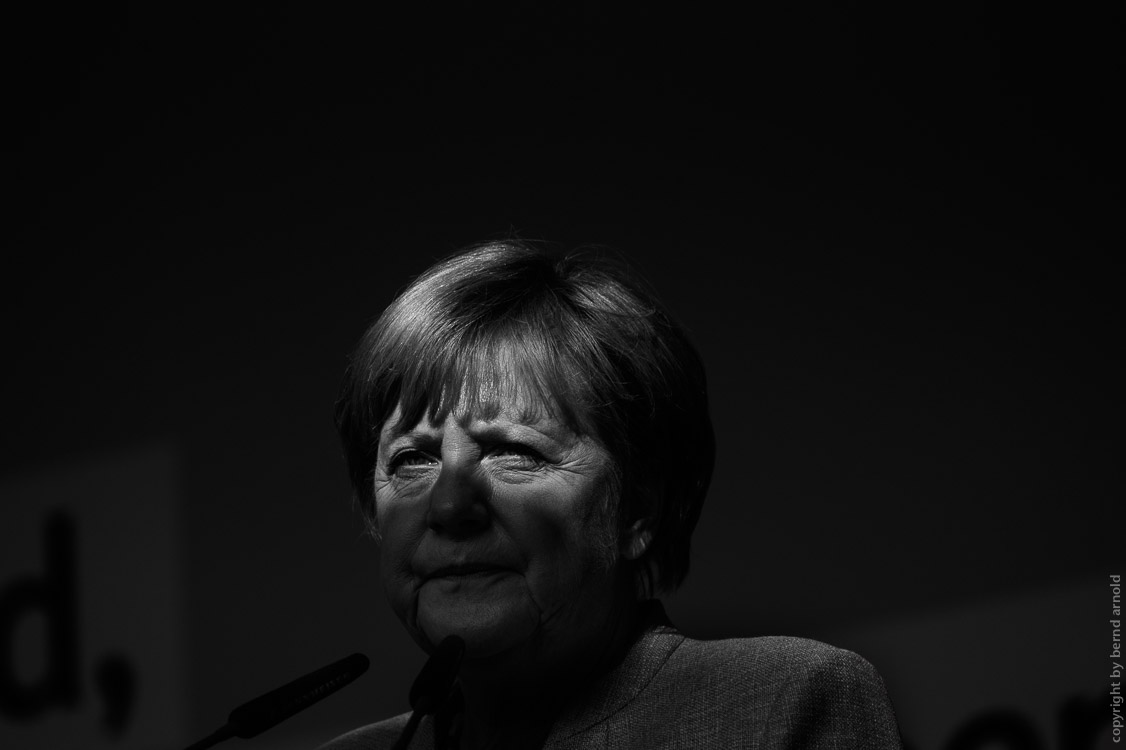
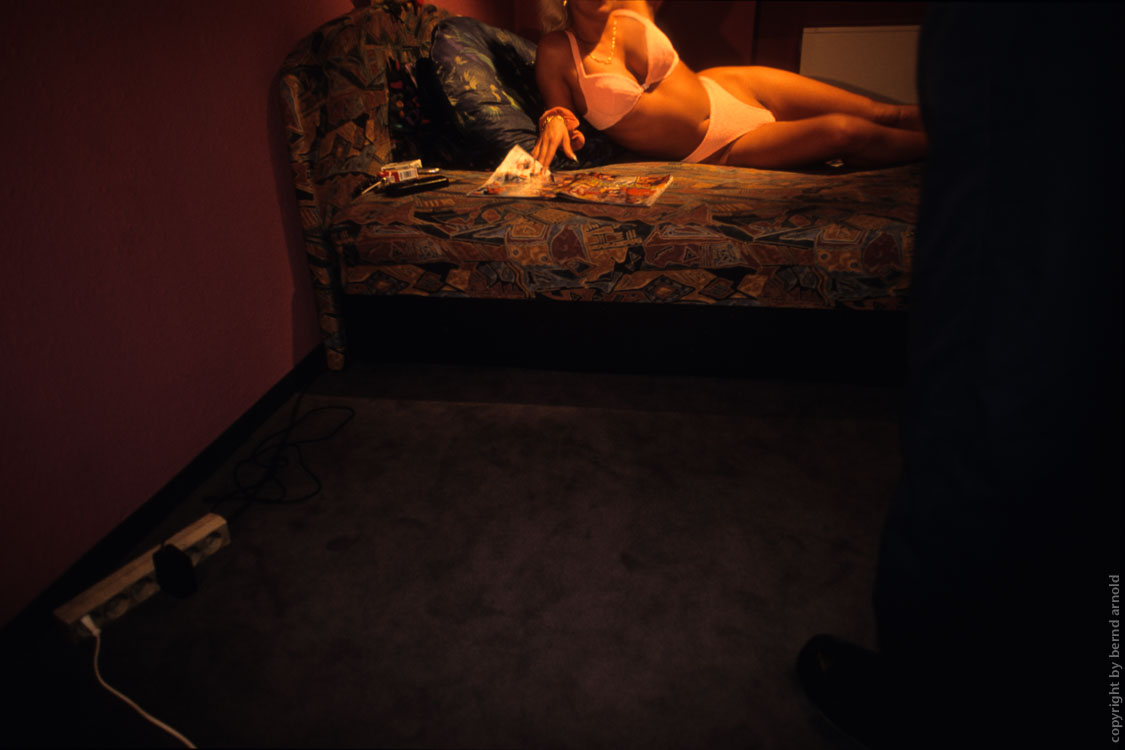
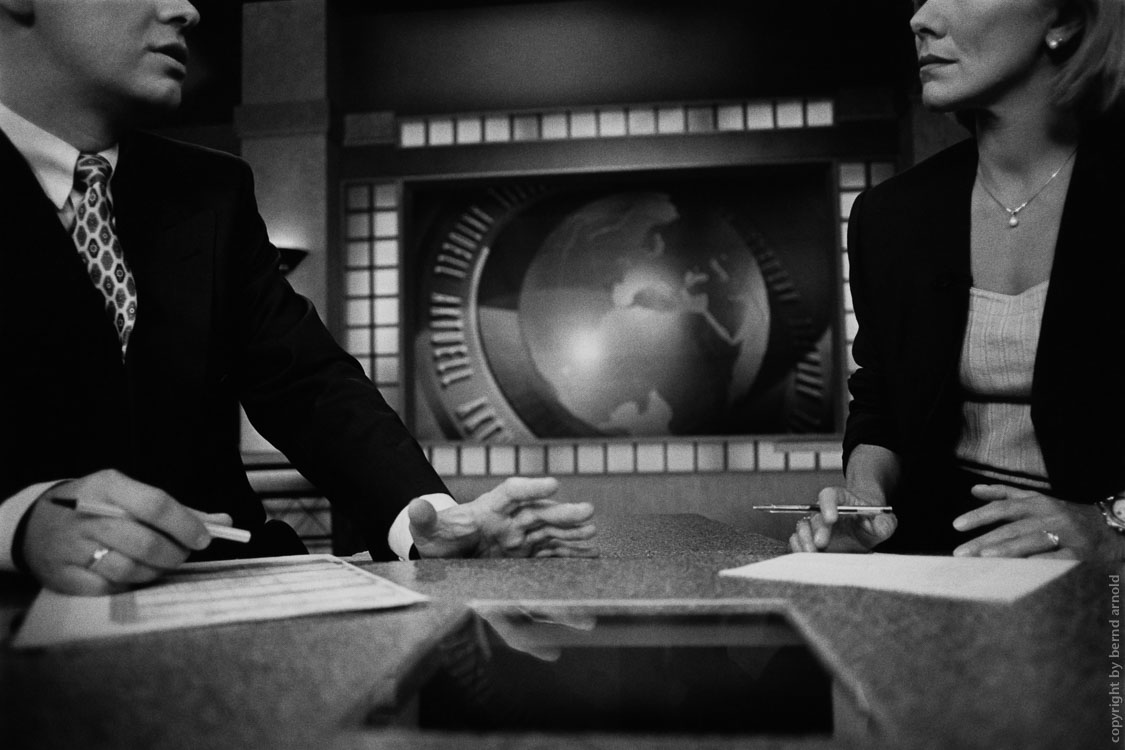
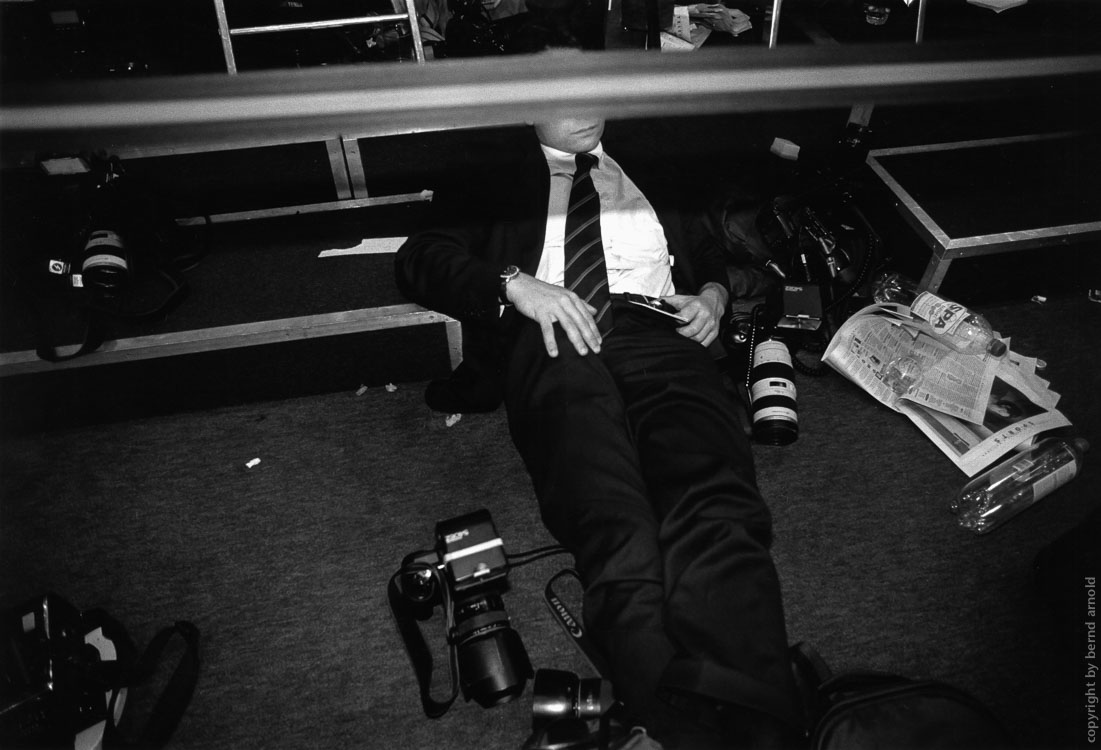
Black East Wild West
Dark mass, bizarre situations, shadowy portraits and questionable details vary between the real and the fictional. In Western Europe the interfaces (entrance/exit) between the secular and the sacral were in former centuries the portals of the cathedrals. Nowadays, the interface are more in shopping streets and mass events where human fates are in search of salvation. The growing globalization of the last decades promises more independency and individualis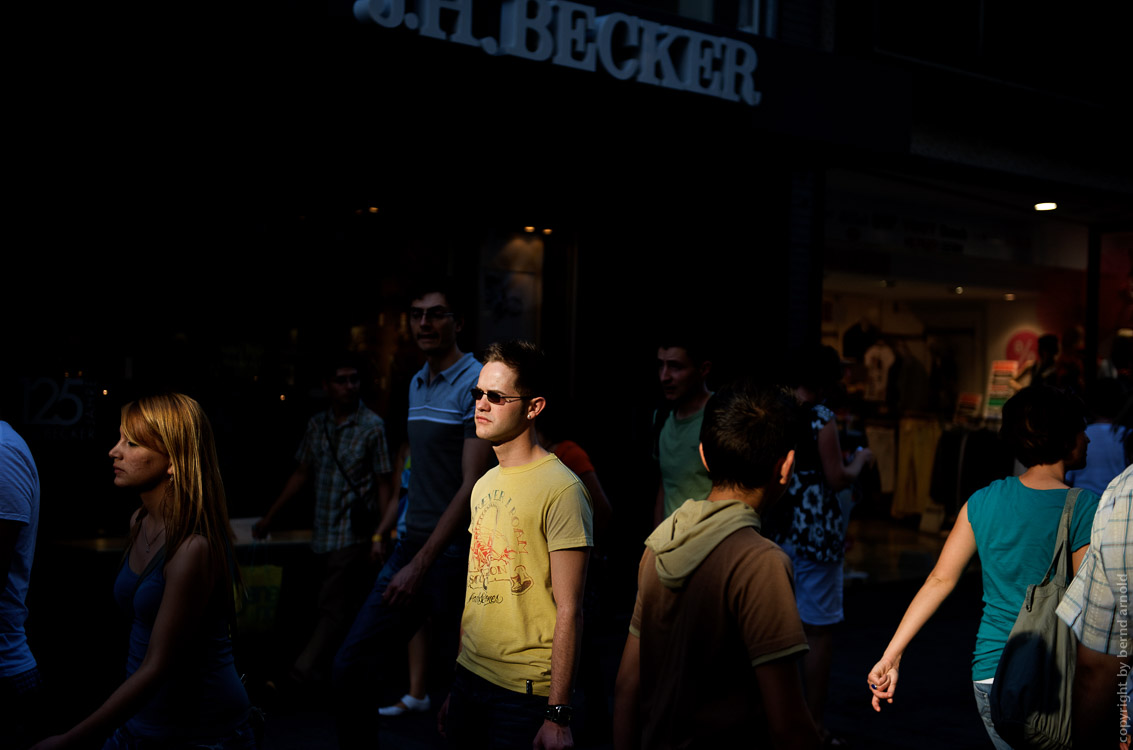 m. But is this really true? Are the dependency and synchronization of each other are really less than before?
m. But is this really true? Are the dependency and synchronization of each other are really less than before?
The Zone – shopping streets | The Portal – the interface between the secular and the sacral | Black East – scenes of decay | Mimesis – a deceptive game
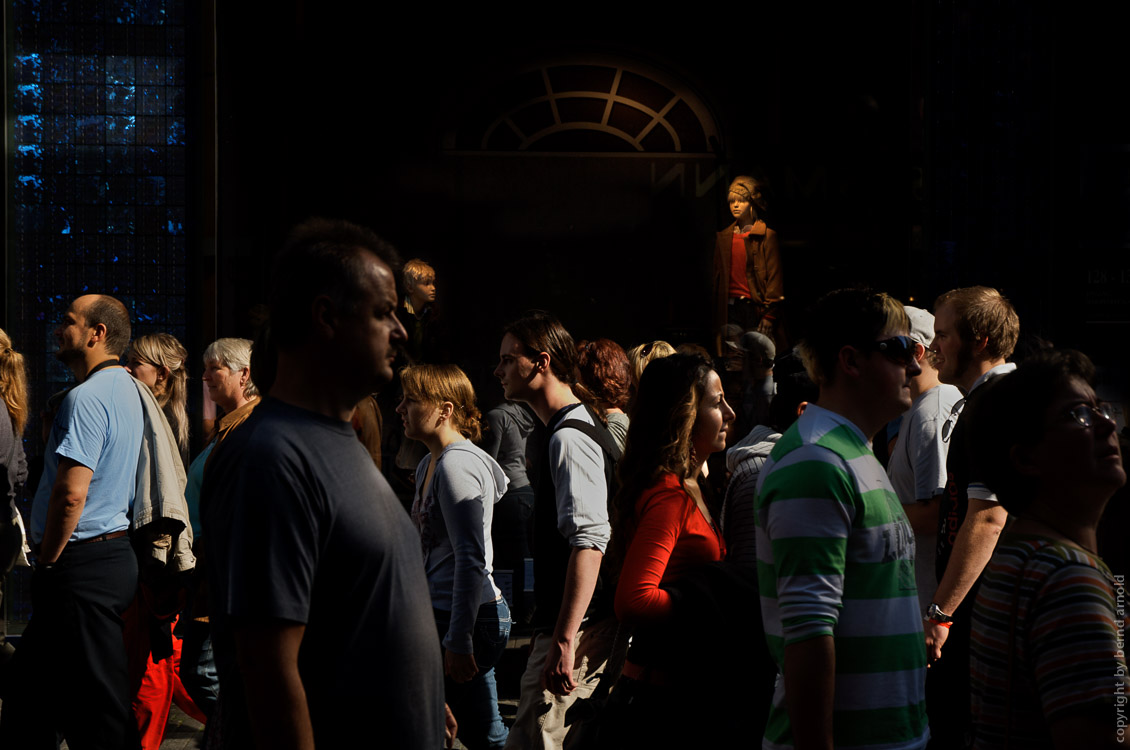

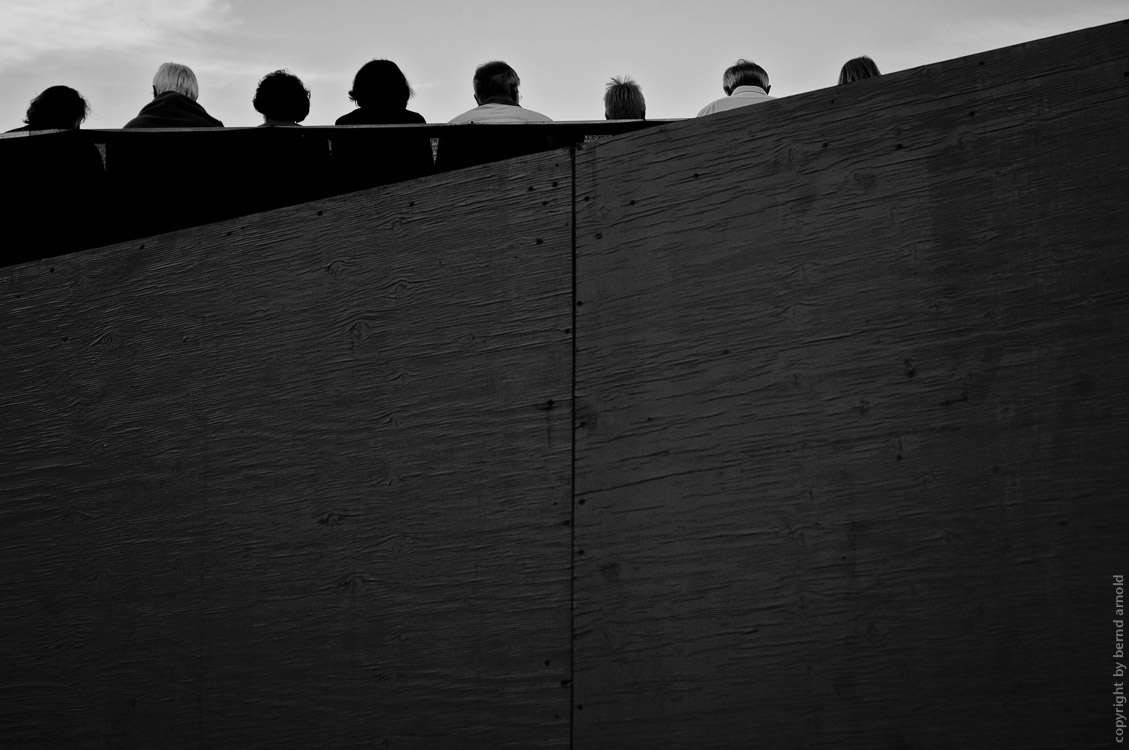
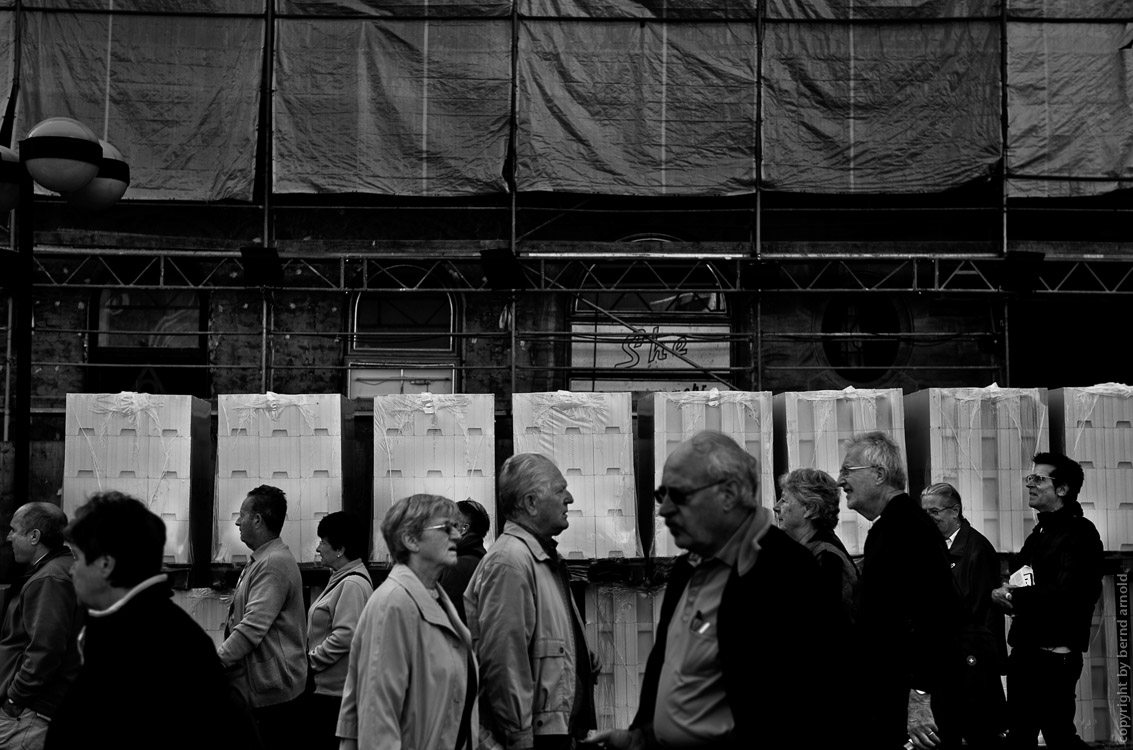

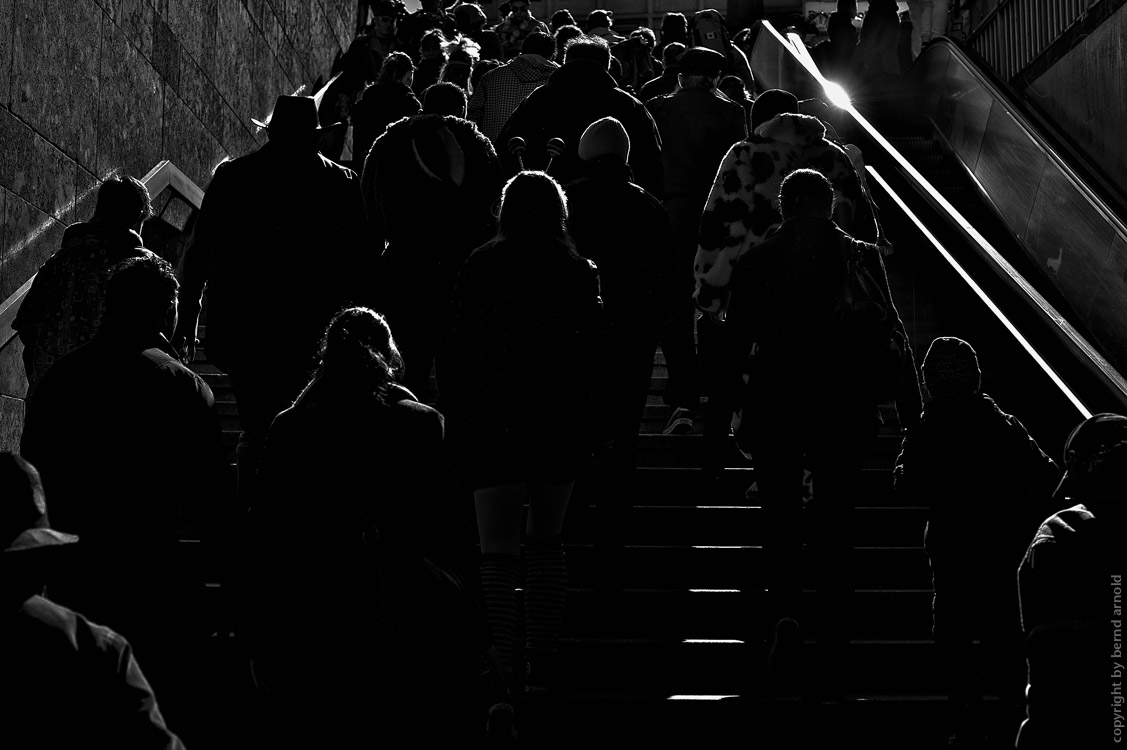
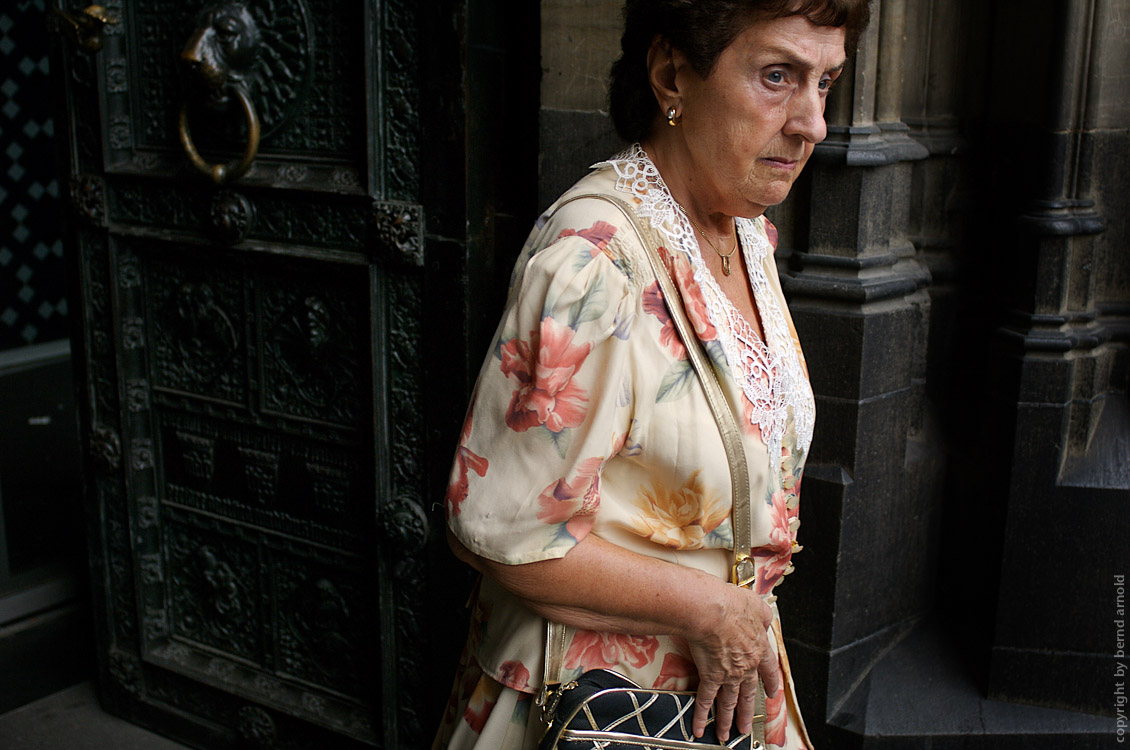

Insights and Incidents
Boxing on Parish Fair | Schlagerfans | Ethnic Germans | Hospice | Buedchen | Student leagues | School of Diplomats | Migrants in Germany | Drewermann Fans | Ghostcity | Homeworkers |  University of Sports | Climate | Menschensinfonieorchester | German Election Campaign 2005 | World Youth Day | Socialist Election Campaign | World Soccer Championchip 2006 | An ordinary day in Germany | Pope Benedict XVI in Munich | Erdogan | Christopher Street Day
University of Sports | Climate | Menschensinfonieorchester | German Election Campaign 2005 | World Youth Day | Socialist Election Campaign | World Soccer Championchip 2006 | An ordinary day in Germany | Pope Benedict XVI in Munich | Erdogan | Christopher Street Day
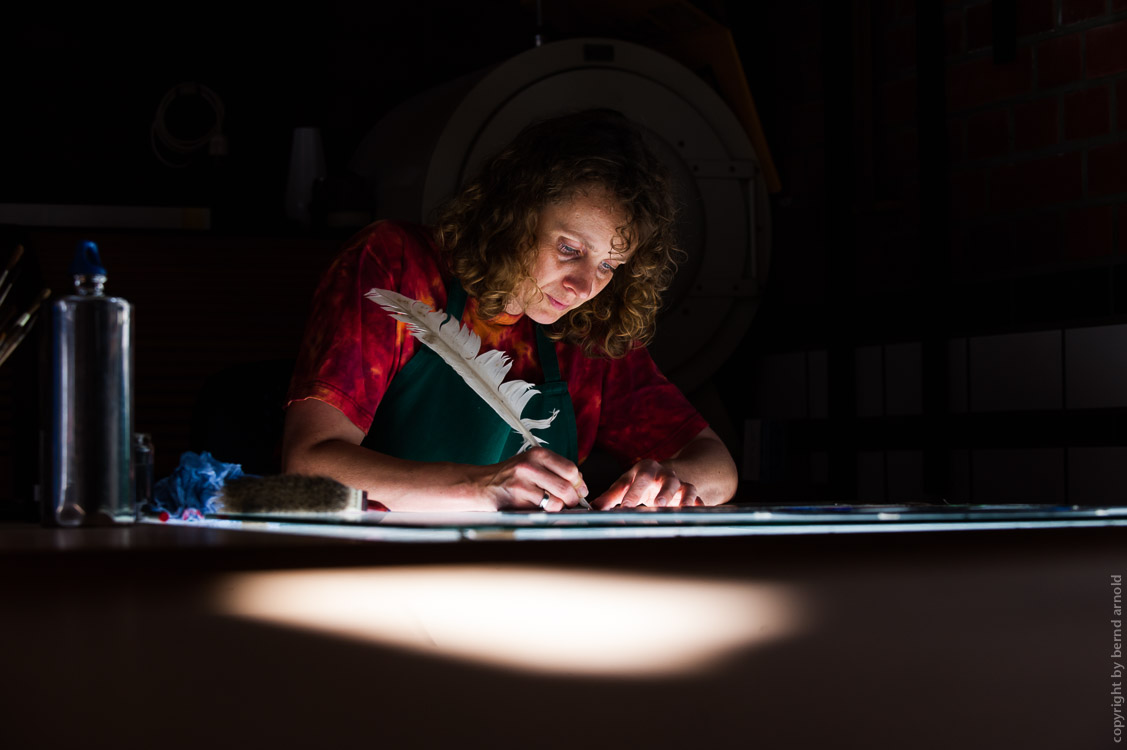


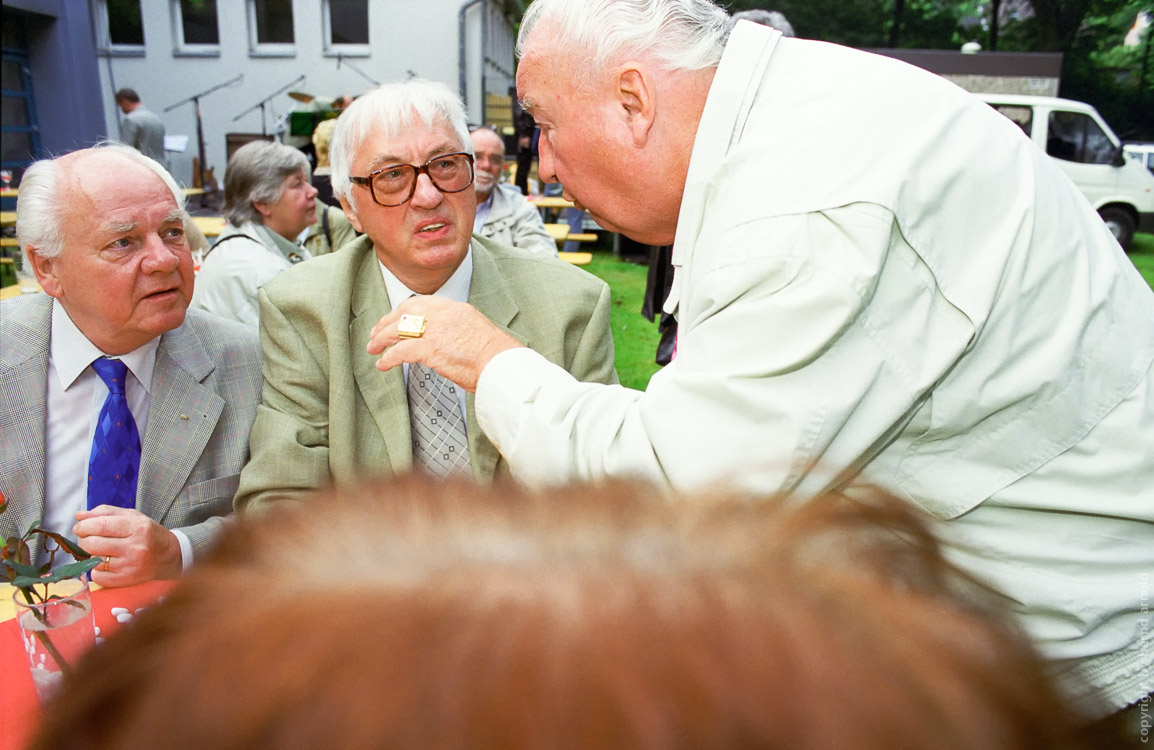



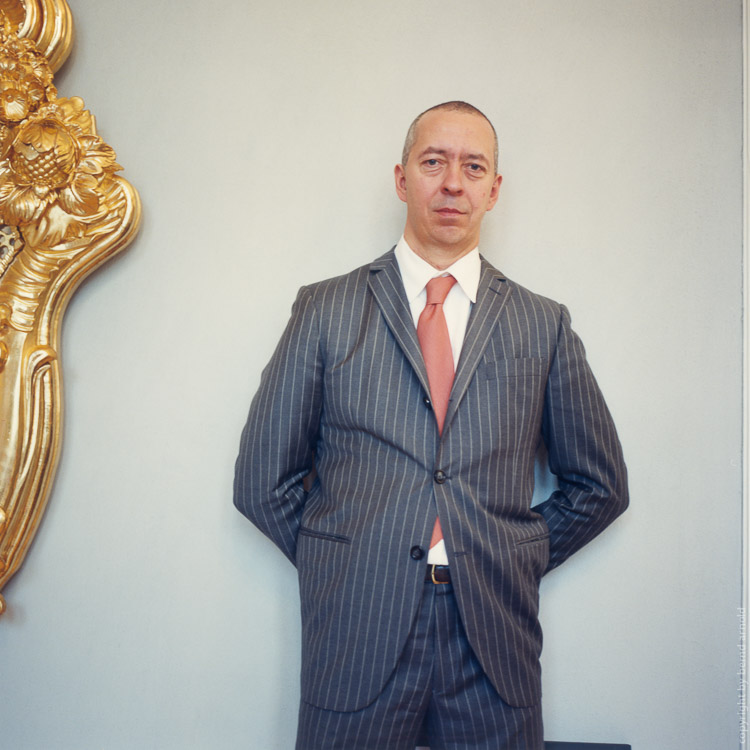


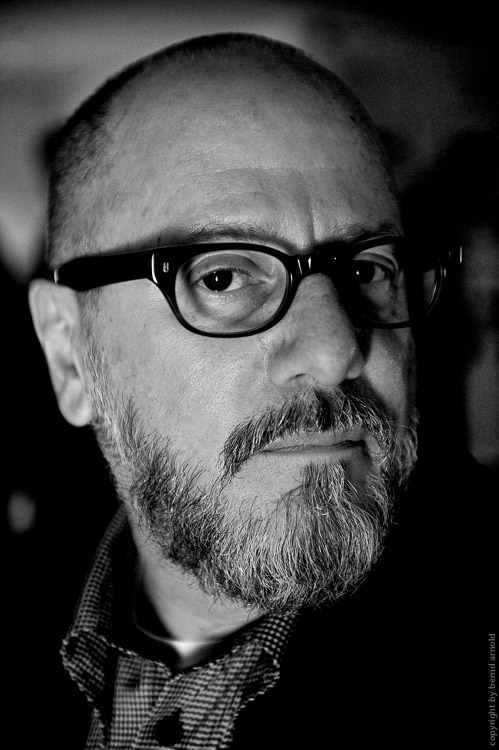

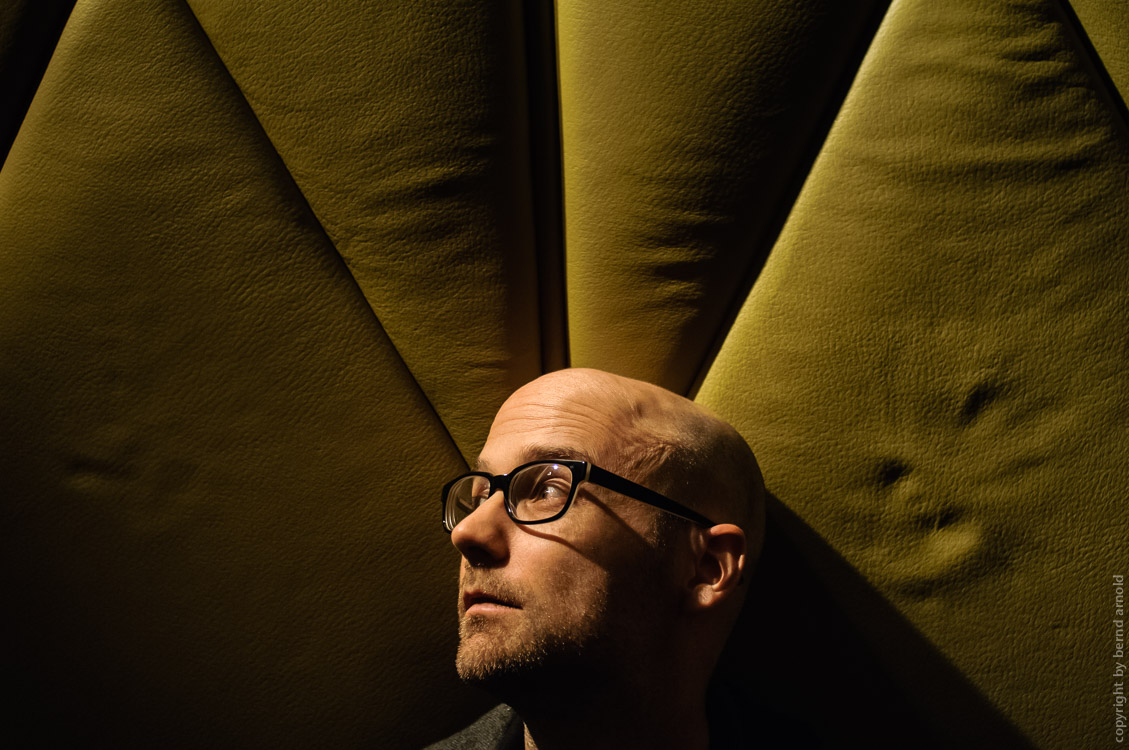
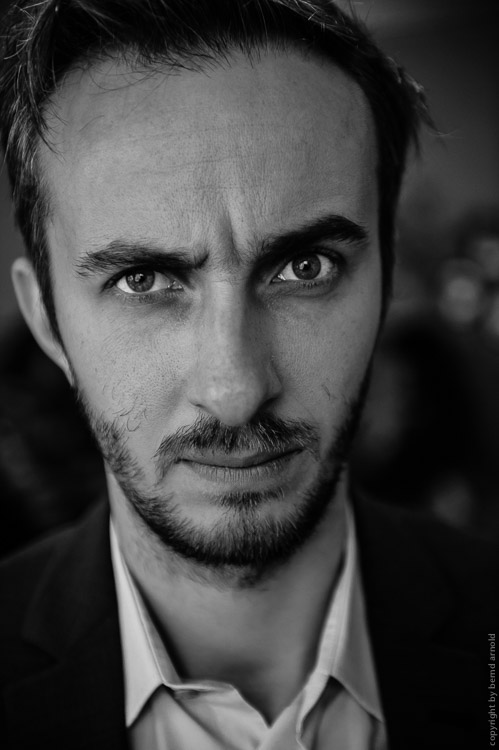



Portraiture and Series
André Rieu | Ursula Strauss | Manager | Peter Bernstein | Sheila Arnold | Katrin Bauerfeind | Jim Beard | Moby | Tyler Brule | Ralf Daab | Luigi Colani | Peter Schiergen | Lina Wertmüller | Mercedes Sosa | Reinhold Messner | Van der Grinten | Alice Schwarzer | Laszlo Kish | Frank Wingold | Jan Böhmermann | Hans-Jürgen Wischnewski | Anger | Christiane von Poelnitz | Jonathan Meese | Manfred Schneider | Vitor Caldeira | Storm Thorgerson | Alfred Neven DuMont | Klaus Theweleit | Benedikt Taschen | and many others portraits...
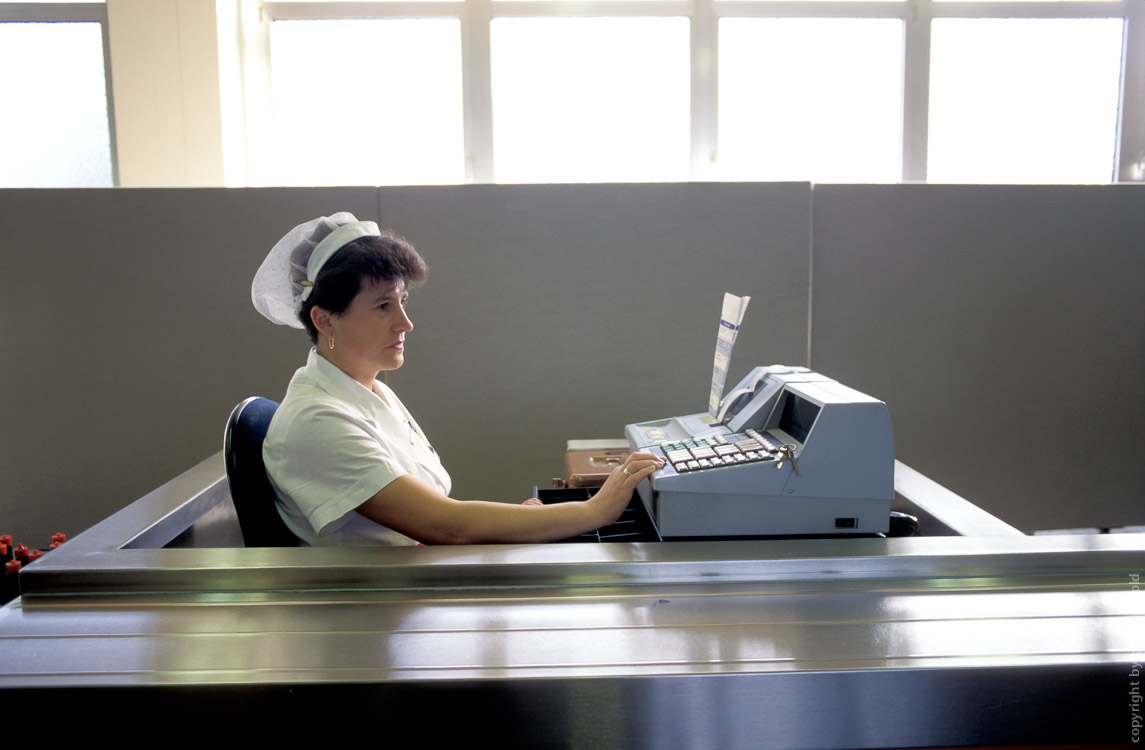


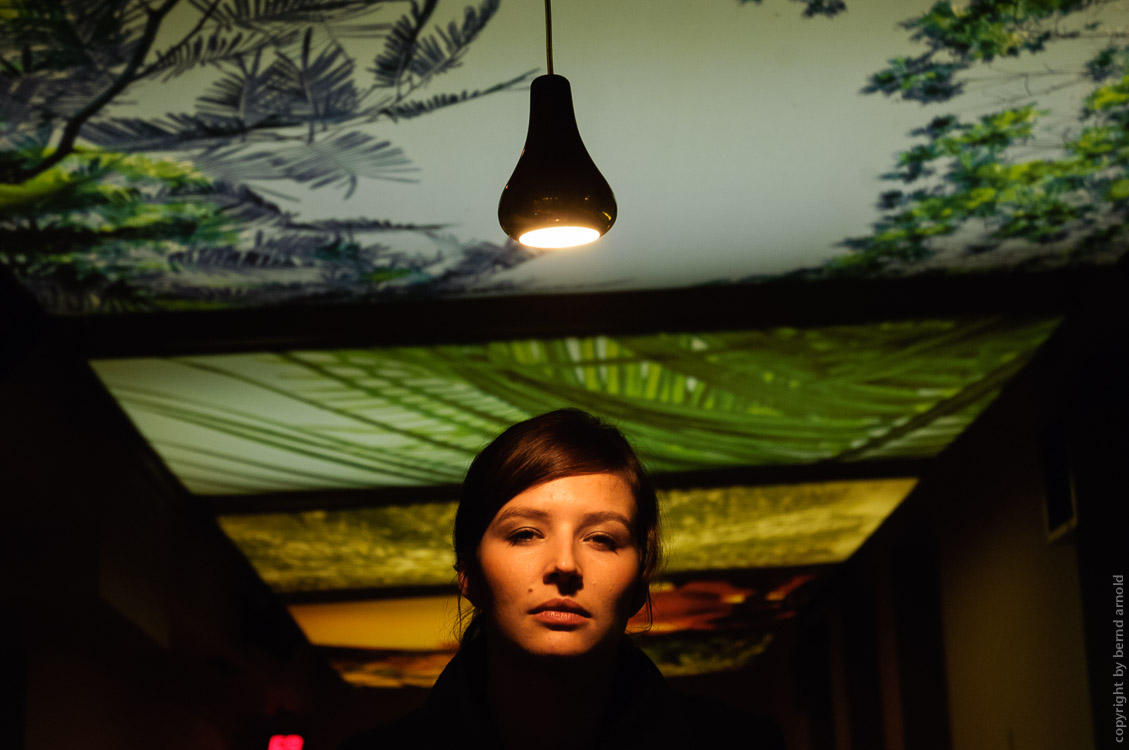




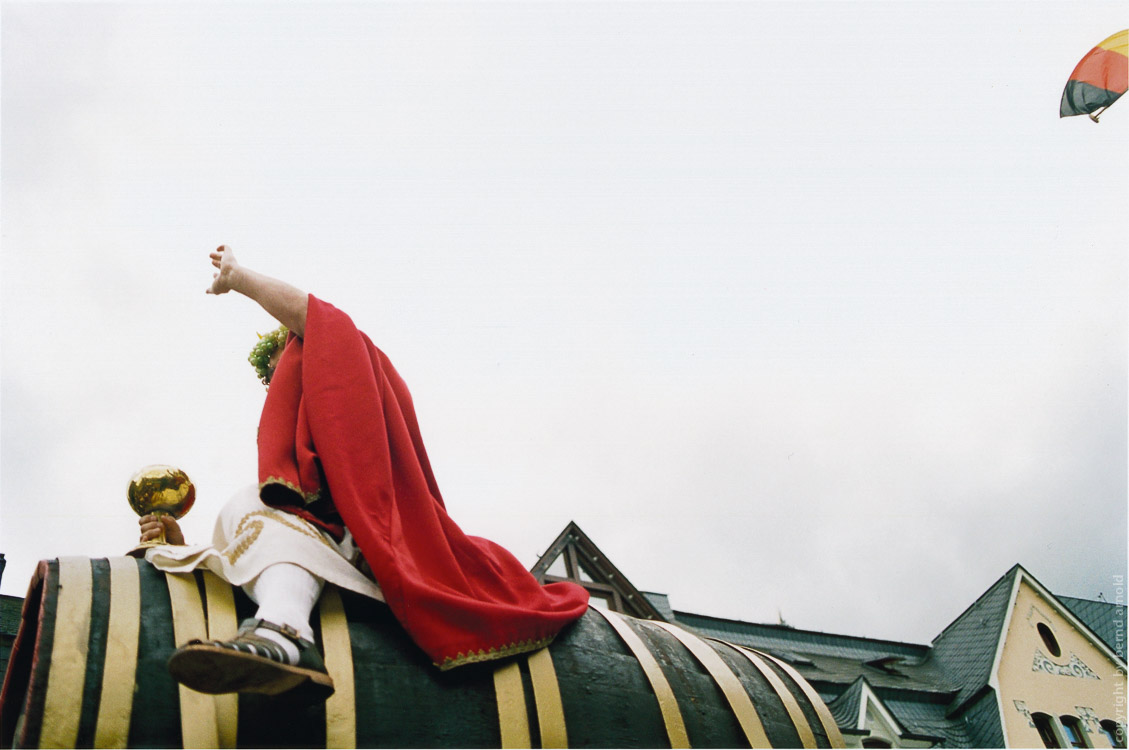


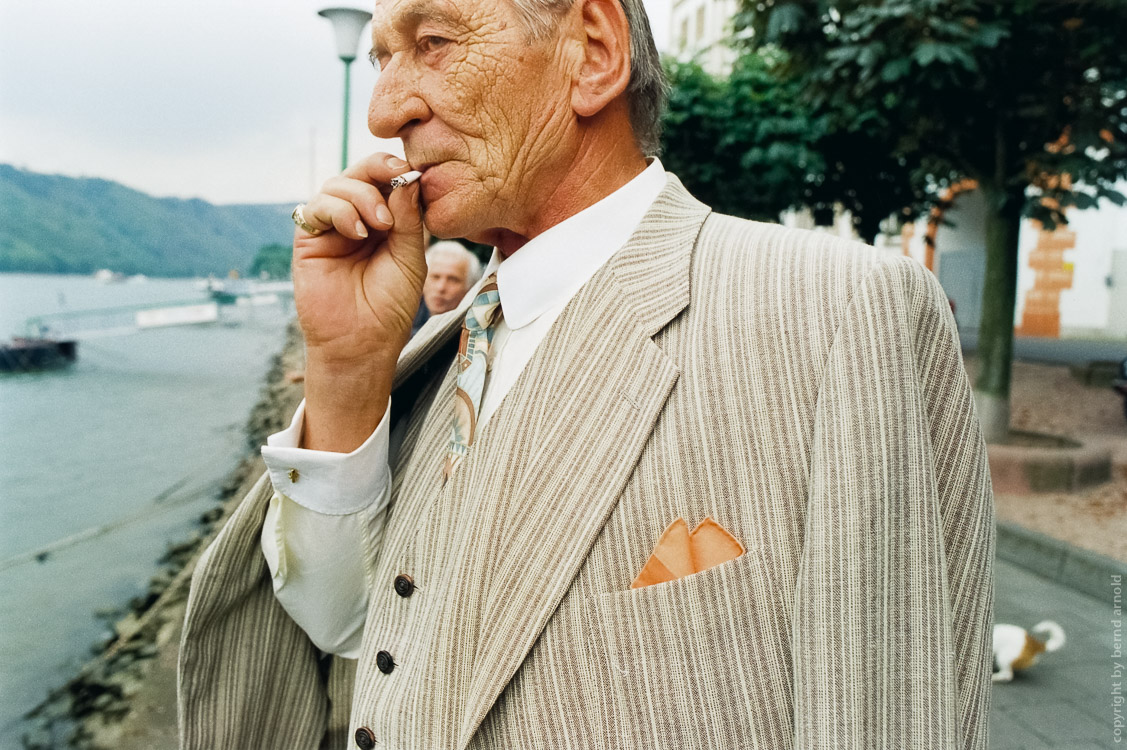


Cycle
Light Places Dark Cities

Istanbul | Verona | Atlanta | Cologne | Budapest | Prague | Edinburgh | Tokyo | Berlin | Luxembourg | Budapest | Rhine river – Warum ist es am Rhein so schön?




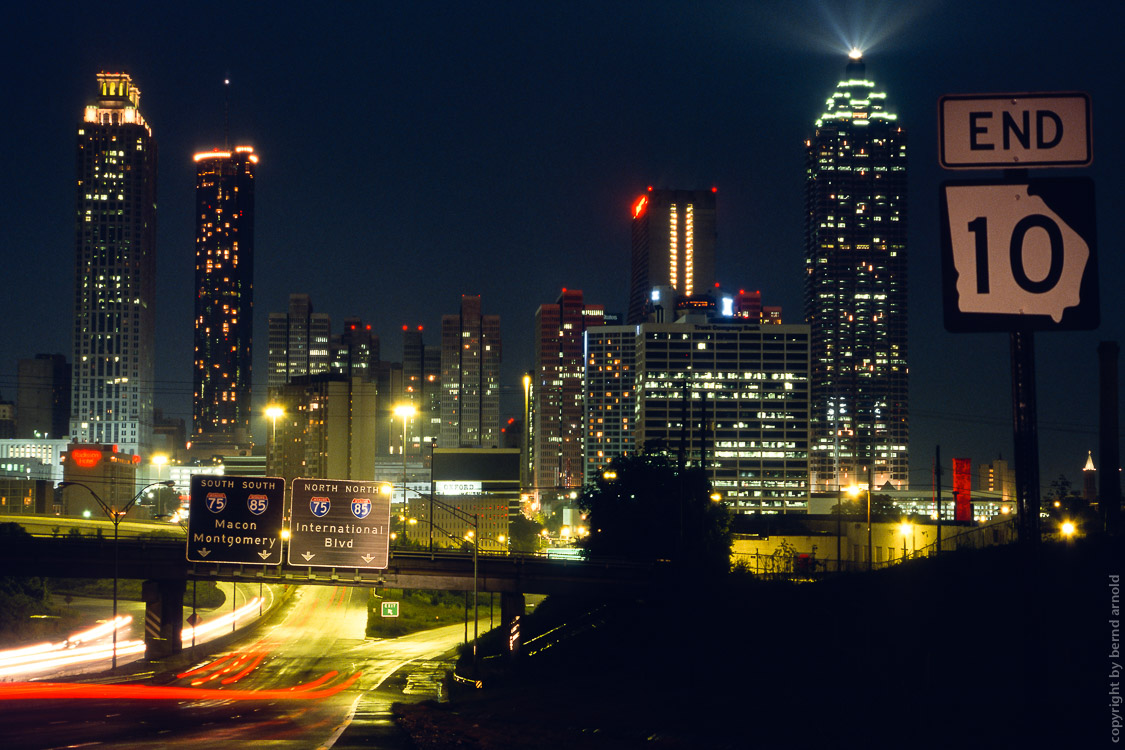
Digitalis and Dichography
In the DIGITALIS cycle, the play with reality and the image of a memory casually marks the transition from analog to digital photography.
In various series since 1985, the fragments of authenticity within photography are slowly and inexorably dissolved with technical developments.
What is a dichography? | Love tale (last chapter) | agog | Morguemorph | agog+zapp | Neulich am Rande der Straße | The Anatom | Via Crucis – World Youth Day Cologne | Mystic Tales | Maiwald | Lady Di and the New Photographer
Overview about Digitalis and Dichography
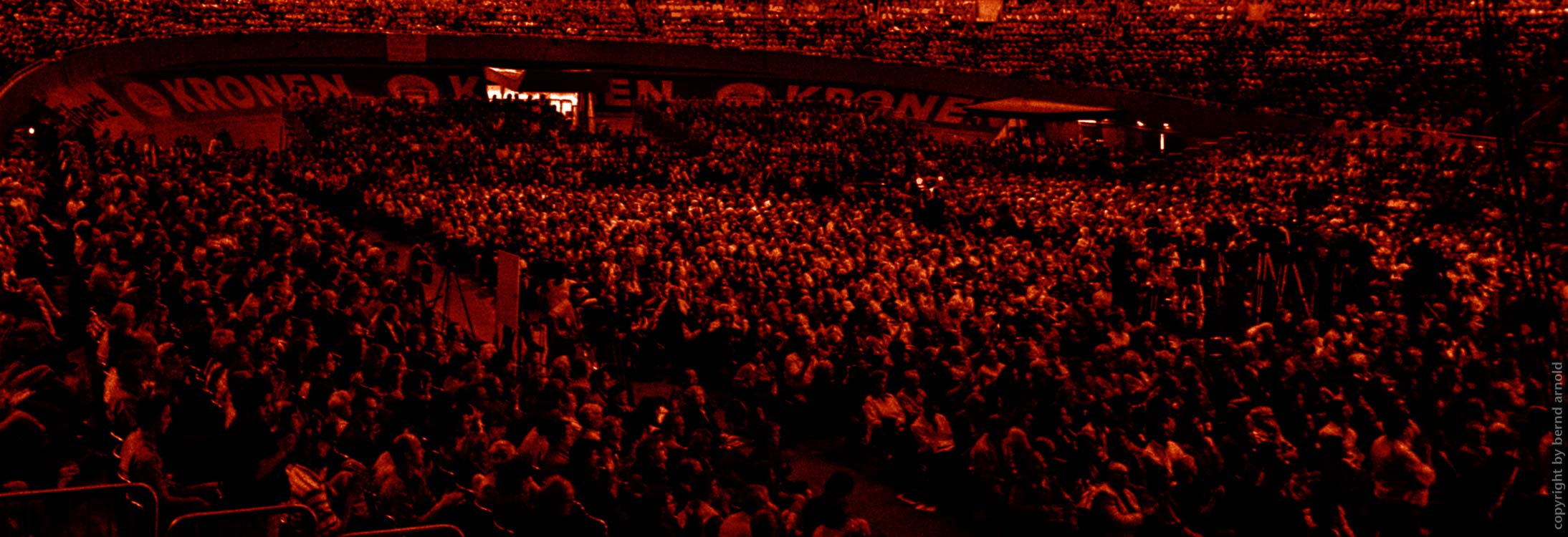
In various experiments, series were created that dealt with authenticity in photography, not to refute it, but to ensure its relevance for documentary photography and at the same time keep the field of imaging open. After all, with the student research project on Lady Di and the New Photographer (1988), it was clear that photography would not be spared from the digital revolution and was steadily approaching the freedom of painting.
But what impact will the new developments in computer and AI-generated image processing and image production have on photography in general and documentary photography in particular?
The introduction of artificial intelligence creates completely new possibilities in the generation of images. For the first time, AI image generators bring together all the imaging techniques known from art history in a single tool that can be used by any computer user without special expertise. They can be used to create images that look like photographs but are not photographs. We are entering a new world in which authentic photos and AI-generated photographic imitations will compete with each other in forming our view of the world and history.
This makes it all the more important to engage with the origins and nature of photography in order to understand the dimension of the new images: The work Die Welt der Neuen Bilder (only in German language) has now been created as part of the Digitalis cycle. Three essays analyse the history of technology and perception in photography, explain the new and innovative nature of AI, provide an outlook on the composition of political events and describe the future role of documentary photography and its producers.


